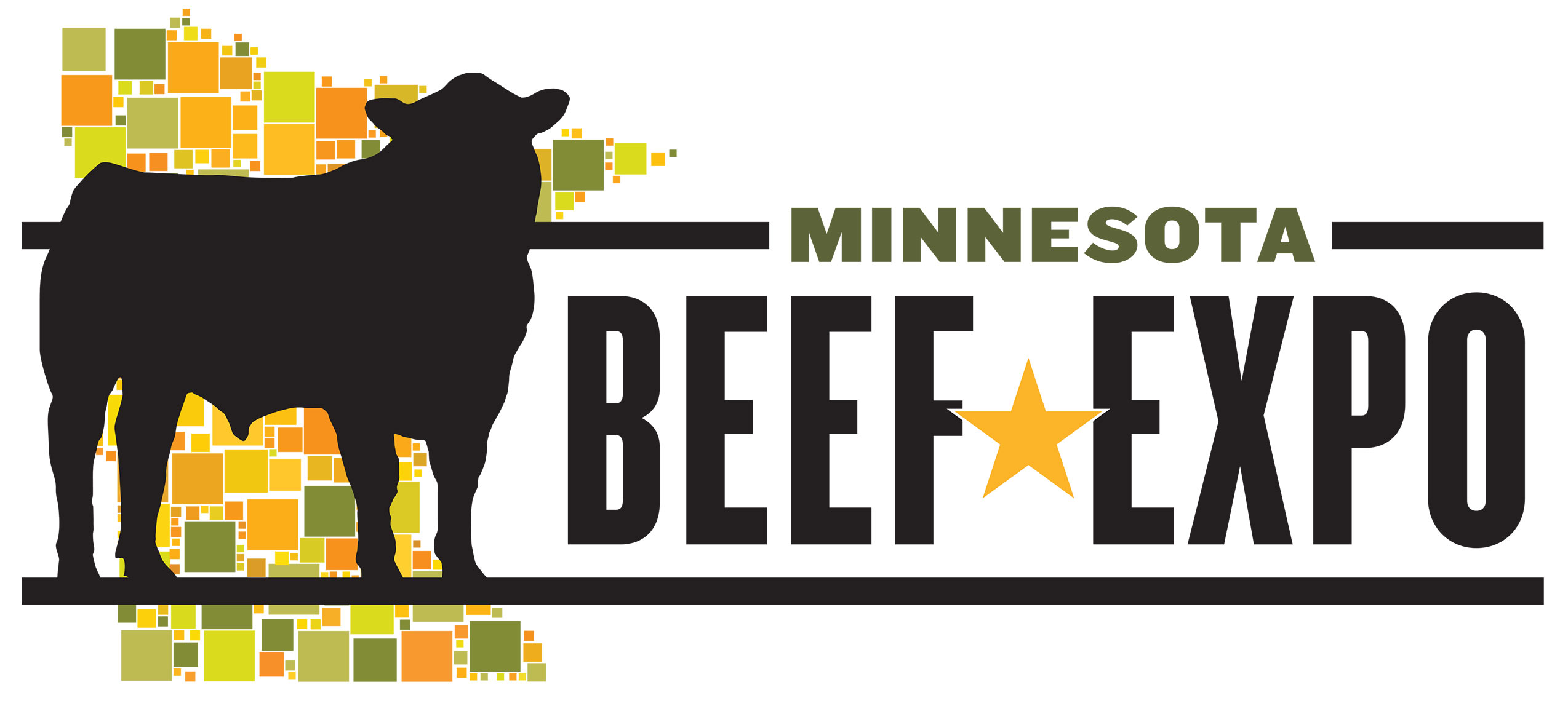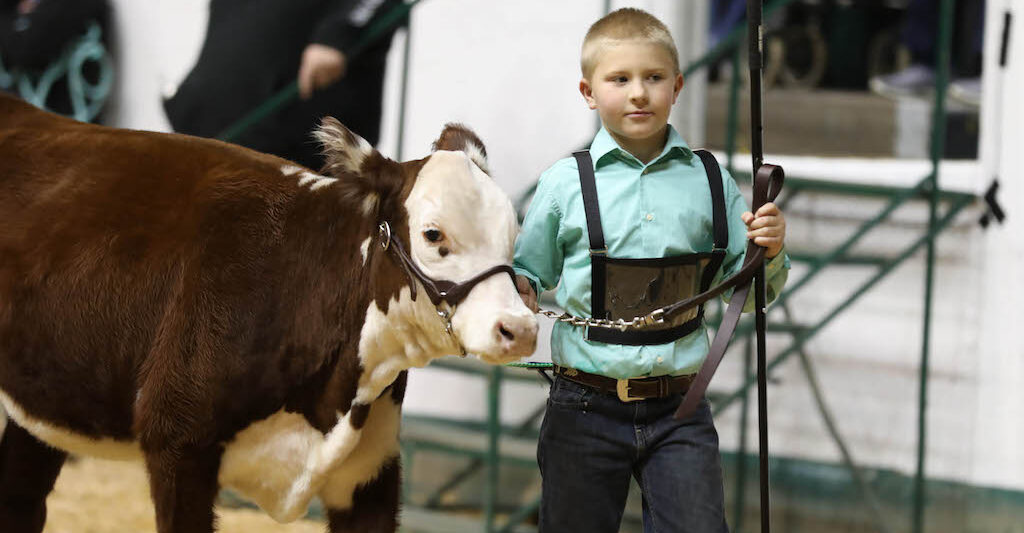All exhibitors must follow the International Association of Fairs and Expositions (IAFE) National Code of Show Ring Ethics. By entering, the exhibitor agrees to abide by the IAFE code of ethics. Submission of entry indicates acceptance of all rules, regulations and releases associated with the event, including photos taken during the Expo by staff or official photographers that may be used for promotional reasons.
IAFE National Code of Show Ring Ethics
Exhibitors of animals at livestock shows shall at all times deport themselves with honesty and good sportsmanship. Their conduct in this competitive environment shall always reflect the highest standards of honor and dignity to promote the advancement of agricultural education. This code applies to junior as well as open class exhibitors who compete in structured classes of competition. This code applies to all livestock offered in any event at a livestock show.
All youth leaders working with junior exhibitors are under an affirmative responsibility to do more than avoid improper conduct or questionable acts. Their moral values must be so certain and positive that those younger and more pliable will be influenced by their fine example. Owners, exhibitors, fitters, trainers and absolutely responsible persons who violate the code of ethics will forfeit premiums, awards and auction proceeds and shall be prohibited from future exhibition in accordance with the rules adopted by the respective fairs and livestock shows. Exhibitors who violate this code of ethics demean the integrity of all livestock exhibitors and should be prohibited from competition at all livestock shows in the United States and Canada.
The following is a list of guidelines for all exhibitors and all livestock in competitive events:
1. All exhibitors must present, upon request of fair and livestock show officials, proof of ownership, length of ownership and age of all animals entered. Misrepresentation of ownership, age or any facts relating thereto is prohibited.
2. Owners, exhibitors, fitters, trainers or absolutely responsible persons shall provide animal health certificates from licensed veterinarians upon request by fair or livestock show officials.
3. Junior exhibitors are expected to care for and groom their animals while at fairs or livestock shows.
4. Animals shall be presented to show events where they will enter the food chain free of violative drug residues. The act of entering an animal in a livestock show is the giving of consent by the owner, exhibitor, fitter, trainer and/or absolutely responsible person for show management to obtain any specimens of urine, saliva, blood or other substances from the animal to be used in testing. Animals not entered in an event which culminates with the animal entering the food chain shall not be administered drugs other than in accordance with federal, state and provincial statutes, regulation and rules affect the animal’s performance or appearance at the event.
If the laboratory report on the chemical analysis of saliva, urine, blood or other sample taken from livestock indicates the presence of forbidden drugs or medication, this shall be prima facie evidence such substance has been administered to the animal either internally or externally. It is presumed that the sample of saliva, urine, blood or other substance tested by the laboratory to which it is sent is the one taken from the animal in question and correctly reflects the condition of the animal at the time the sample was taken, with the burden on the owner, exhibitor, fitter, trainer or absolutely responsible person to prove otherwise.
At any time after an animal arrives on the fair or livestock show premises, all treatments involving the use of drugs and/or medications, for the sole purpose of protecting the health of the animal, shall be administered by a licensed veterinarian. *The Minnesota State Fair allows exceptions in breeding classes for sound management practices such as mastitis or pneumonia control.
5. Any surgical procedure or injection of any foreign substance or drug or the external application of any substance (irritant, counterirritant or similar substance) which could affect the animal’s performance or alter its natural contour, conformation or appearance, except external applications of substances to the hoofs or horns of animals which affect appearance only and except for surgical procedures performed by a duly licensed veterinarian for the sole purpose of protecting the health of the animal, is prohibited.
6. The use of showing and/or handling practices or devices such as striking animals to cause swelling, using electrical contrivance or other similar practices are not acceptable and are prohibited.
7. Direct criticism or interference with the judge, fair or livestock show management, other exhibitors, breed representatives or show officials before, during or after the competitive event is prohibited. In the furtherance of their official duty, all judges, fair and livestock show management or other show officials shall be treated with courtesy, cooperation and respect and no person shall direct abusive or threatening conduct toward them.
8. No owner, exhibitor, fitter, trainer or absolutely responsible person shall conspire with another person or persons to intentionally violate this code of ethics, or knowingly contribute or cooperate with another person or persons either by affirmative action or inaction to violate this code of ethics. Violation of this rule shall subject such individual to disciplinary action.
9. The application of this code of ethics provides for absolute responsibility for an animal’s condition by an owner, exhibitor, fitter, trainer or participant whether or not he or she was actually instrumental in, or had actual knowledge of the treatment of, the animal in contravention of this code of ethics.
10. The act of entering an animal is the giving of consent by the owner, exhibitor, fitter, trainer or absolutely responsible person to have disciplinary action taken by the fair or livestock show for violation of this Code of Show Ring Ethics and any other rules of competition of the fair or livestock show without recourse against the fair or livestock show. The act of entering an animal is the giving of consent that any proceedings or disciplinary actions taken by the fair or livestock show may be published with the name of the violator or violators in any publication of the International Association of Fairs and Expositions, including Fairs and Expositions and any special notices to members.
11. The act of entering an animal in a fair or livestock show is the giving of verification by the owner, exhibitor, fitter, trainer or absolutely responsible person that he or she has read the IAFE National Code of Show Ring Ethics and understands the consequences of and penalties provided for actions prohibited by the code. It is further a consent that any action which contravenes these rules and also in violation of federal, state or provincial statues, regulations or rules may be released to appropriate law enforcement authorities with jurisdiction over such infractions.

